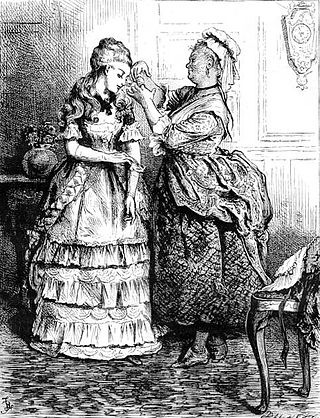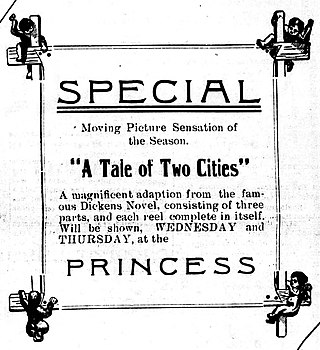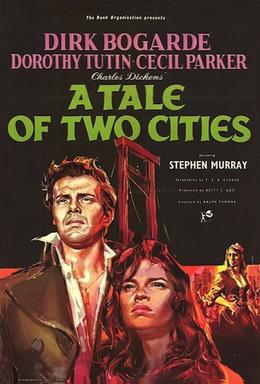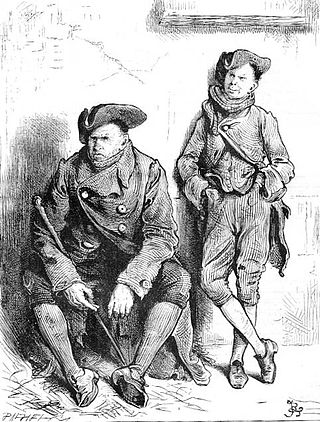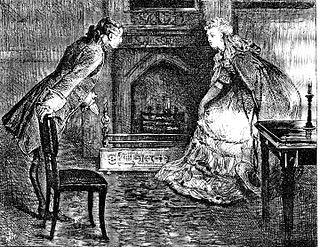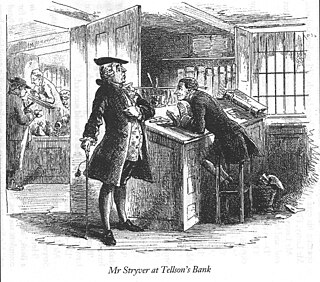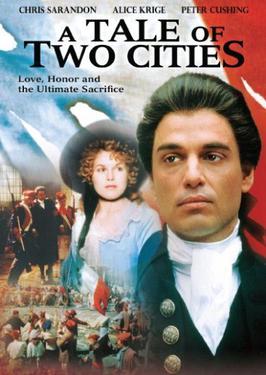Carton's character
Sydney Carton is introduced into the novel A Tale of Two Cities as a young, sloppy, but brilliant barrister who bears an uncanny likeness to Charles Darnay (whose original name is Charles St. Evrémonde), the prisoner he is helping to defend. He uses his great skill to save Darnay from execution for espionage against England, though he lets his colleague Stryver do all the talking in court, and Stryver takes all the glory for saving Darnay. Carton invites Darnay to accompany him to a tavern immediately upon the acquitted prisoner's release. During a late supper in which Darnay enjoys a hearty non-prison meal and Carton drinks several bottles of wine, Carton admits that he both likes and hates his client, as he considers him as everything that he should be but is not. "I am a disappointed drudge, sir," Carton explains. "I care for no man on earth, and no man on earth cares for me."
In a later conversation with his partner Mr. Stryver, the narrator calls Carton a "jackal" because while Mr. Stryver very deftly presents each case and gains all the credit, it is Carton's legal acumen which helps them win, referencing how jackals help lions with kills while the lions take all the glory. Several scenes make it clear that Carton is an alcoholic filled with cynicism and self-hatred due to what he sees as his wasted and empty life.
Lucie Manette and Charles Darnay eventually marry, increasing Carton's self-loathing all the more, as he had developed an unrequited love for her. In an uncharacteristic fit of sincerity, he respectfully admits his feelings to Lucie, saying that though he considers himself unworthy of her affection, she has nevertheless inspired him to try to make something of his life. He ends the conversation by saying that he will never speak of it again, asks her to keep his confession secret and pledges to do anything for her or for anybody she loves. He is able to create and maintain a friendship with Darnay, and becomes a welcome, although infrequent, guest at the Darnay house. After the birth of Charles and Lucie's daughter, Carton becomes the child's favorite and remains so as she grows up.
Several years later, Darnay returns to France to assist a former servant who had been jailed during the French Revolution. However, this is the time of the Reign of Terror, and Darnay is arrested and eventually sentenced to death for being an aristocrat, although he had long before cut off relations with the Evrémonde family. Carton follows Lucie and Dr. Manette to France and, in a wine shop, overhears Madame Defarge planning to denounce Lucie and her father on the same day that Darnay is to be executed (Lucie and her father would certainly mourn Darnay's death, and under the new laws of the Republic it is a criminal offense punishable by death to mourn the death of an "aristo"). This spurs Carton into action; he arranges for Lucie, her daughter, and her father to escape Paris, and just hours before Darnay's scheduled execution by guillotine Carton smuggles himself into Darnay's prison cell, renders Darnay unconscious, and trades places with him, both for the sake of their friendship and for Lucie. Then he arranges to have Darnay carried to Lucie's waiting carriage while he stoically prepares to face the guillotine.
Carton's last meaningful action in his life is to give strength and comfort to a seamstress also about to be executed.
Carton's final words – or rather, what Dickens suggests could have been his final words, had he been given the time to verbalize his final thoughts – are among the most famous in English literature:
It is a far, far better thing that I do, than I have ever done; it is a far, far better rest that I go to than I have ever known.
Later, Lucie and Charles have a son, whom they name Sydney, who will follow his namesake into the law profession to both make his name "illustrious", eventually remove the stains on Sydney Carton's name and reputation and pass on to his own children the story of Sydney Carton's sacrifice "in a tender and faltering voice."

